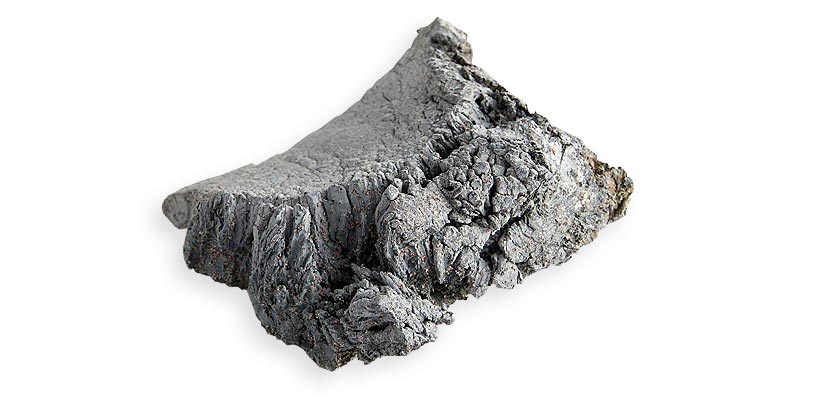Identity.
Europium, element number 63 on the periodic table, is a member of the
lanthanide family. Distinguished by its silvery sheen and surprising
reactivity, it's the least dense and softest of its peers. Though not
plentiful on Earth, it shines bright in applications like euro note
anti-counterfeiting, vibrant TV screens, and efficient lasers, earning
its place as a valuable, if unconventional, element in our world.
Atomic Structure:
The nucleus consists of 63 protons (red) and 90 neutrons (blue). 63
electrons (green) bind to the nucleus, successively occupying
available electron shells (rings). Europium is a lanthanide in period
6, and the f-block of the periodic table. It melts at 826 degrees
Celsius.
History.
In the late 1800s, scientists like William Crookes observed intriguing
spectral lines in rare earth mixtures, hinting at an unknown element.
French chemist Paul-Émile Lecoq de Boisbaudran further isolated
fractions with unique properties, but europium remained shrouded in
mystery.
Enter Eugène-Anatole Demarçay, a persistent French chemist. In
1896, he suspected impurities in samples of samarium, another rare
earth. Through meticulous crystallization and analysis, he finally
isolated europium in reasonably pure form in 1901, naming it after
the continent of Europe.
Though initially a scientific curiosity, europium's unique
properties soon attracted attention. Its distinctive red
fluorescence found its first application in detecting forgeries in
euro banknotes, a role it continues to play today. Other uses,
from nuclear reactors to high-performance lasers, followed,
showcasing europium's potential beyond its initial discovery.
Sources.
Europium, while valuable, isn't exactly abundant. We mine it from
specific minerals like monazite and bastnäsite, but even there, it
exists alongside other rare earths, requiring complex separation
processes. While not found in nature as a free element, its tiny
traces hold significant value, pushing scientists to innovate new
extraction methods, like recycling electronic waste containing these
precious elements, ensuring a responsible and sustainable future for
this versatile rare earth.
Properties.
Reddy Radiance: Unlike most lanthanides, europium readily
loses two electrons, forming the Eu²+ ion. This "double take" on
losing electrons allows it to emit distinctive red light when excited,
making it a key ingredient in phosphors for vibrant red hues in TVs,
computer monitors, and even energy-efficient bulbs.
Nutron Ninja: Europium has an exceptional talent for capturing
neutrons, tiny particles within atoms. This property makes it
invaluable in nuclear reactors, where control rods containing europium
help regulate power by absorbing excess neutrons and ensuring safe
operation.
Chemical Chameleon: While most lanthanides exist primarily in
the +3 oxidation state, europium thrives in both +2 and +3 forms. This
versatility grants it diverse roles, from boosting lasers' efficiency
to adding functionalities to materials, and even holds potential for
future innovations in superconductivity and other cutting-edge
technologies.
